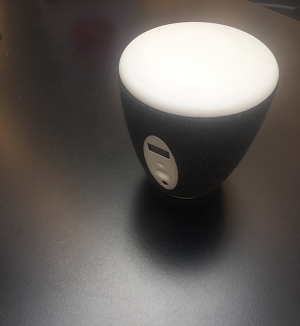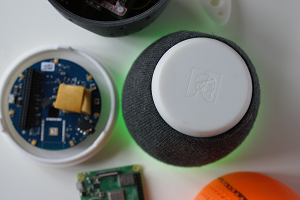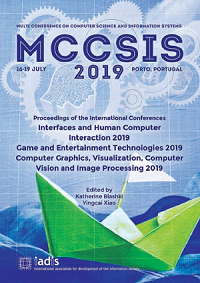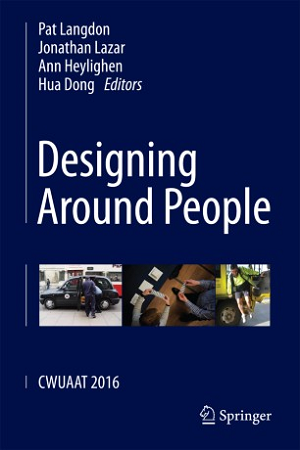
This body of research explored attitudes to technology in everyday life and how this insight might be applied to the design of technology to support personal health care. ‘Exhibition in a Box’, developed by Chamberlain, centred on ‘thinking through things’, was adopted as a participatory design research method. Acceptance of digital health solutions is complex. The present generation of health technology products are predicated on the assumption that end-users have already embraced and accepted the shift in the healthcare paradigm.
Literature (Bentley et al. 2014) suggests poor design of many devices and subsequent non-uptake may be directly attributed to the failure of technologists to engage end-users and elicit understanding of their requirements to foster acceptance. This research articulates and applies a model of how this might be achieved. The research underpinned two collaborative research programmes; Insights into Telehealth and Care Technologies (InTacT) funded by the National Institute for Health Research (NIHR) and a Horizon 2020 project, Novel Empowering Solutions and Technologies for Older People to Retain Everyday Life Activities (NESTORE). An initial study in the UK was published in ‘Designing around people’, Springer (2016). Chamberlain was invited to apply the ‘thinking through things’ co-design method engaging over 100 older people across Europe as part of NESTORE and to apply the findings in the development of a digital coach. The work resulted in published outputs, international presentations, a physical digital artefact. This research was presented at the European Network of Living Labs (ENoLL) Open Living Lab Days, published in the proceedings at CHI (2018) and the International Conference for Interfaces and Human Computer Interaction, Porto (2019). Keynotes presenting the work include; Think Dementia, NatLab Eindhoven (2015), Health Tech Forum, Hong Kong (2020) and the International Medical Design Conference Taiwan (2020).








